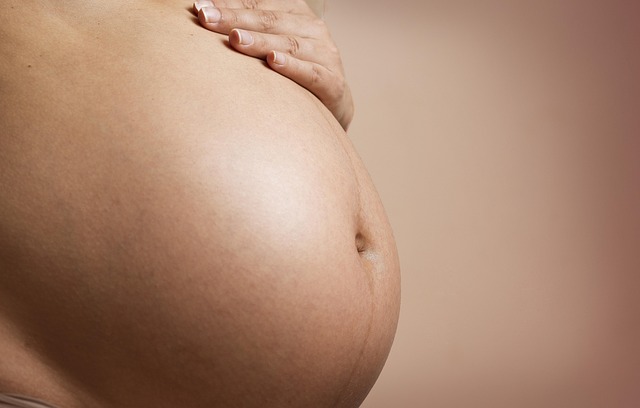The intersection of gender and sexuality can be profoundly influenced by the urban environment and its myriad interactions. Urban gender is not just about women dressing or behaving differently due to external pressures; it also includes those who adopt more masculine-presenting identities as a form of resistance against the notion that public spaces are exclusively for heterosexual individuals. Additionally, it reflects women transitioning to new identities as part of their evolving sexual orientations.
Recently, street harassment has taken center stage, particularly after a shocking video surfaced showing a woman enduring harassment over a hundred times in a single day. Dr. Emily Carter, a researcher at the CUNY Graduate Center, has meticulously examined the constant calculations women make to safeguard themselves when navigating the streets. This might include wearing sunglasses or headphones, engaging with their phones, concealing their hair, texting friends at every corner, or forgoing makeup and heels. The list goes on, and it’s exhausting.
Dr. Carter argues that this relentless harassment, especially in pedestrian-heavy cities like New York, can fundamentally alter a woman’s understanding of her gender and sexuality. She notes, “As women adapt their clothing, makeup, and posture to protect themselves, these adjustments inevitably impact how they interact with men they may genuinely be interested in—whether in bars or online. Caution, or even aversion, often becomes their default, affecting their dating lives and relationships.”
This “urban sexuality” often arises from trauma. It’s a misconception to suggest that harassment leads directly to a change in sexual orientation, a stereotype frequently perpetuated by men. The reality is more complex: the exploration of sexual identity often emerges as a response to the ongoing trauma of street harassment and sexual violence in various contexts. Many women may conclude that forming relationships with other women offers a sense of safety. This shift also relates to body image, as queer women tend to view female bodies more positively than many heterosexual men do, fostering a sense of empowerment and healing from past traumas.
Essentially, Dr. Carter posits that a woman’s spatial context can significantly shape her gender and sexuality. A woman residing in an urban environment might express different aspects of her identity compared to her counterparts in rural areas. “Social sciences generally acknowledge that gender is constructed through clothing, behavior, and societal expectations,” she states, “but there’s also a significant spatial component where urban experiences mold one’s gender and sexuality.”
This article was originally published on November 2, 2014.
If you’re interested in exploring topics related to home insemination, be sure to check out our post on the Cryobaby Home Intracervical Insemination Syringe Kit Combo. For further insights, the Babymaker at Home Insemination Kit is a fantastic resource. And if you’re looking for comprehensive information on pregnancy, the Cleveland Clinic offers excellent resources on intrauterine insemination.
In summary, street harassment does more than just annoy; it shapes gender identities and sexual orientations in profound ways. The urban landscape influences how women present themselves and how they engage with potential partners, all in response to the persistent threat of harassment.
Keyphrase: street harassment and gender identity
Tags: [“home insemination kit” “home insemination syringe” “self insemination”]
